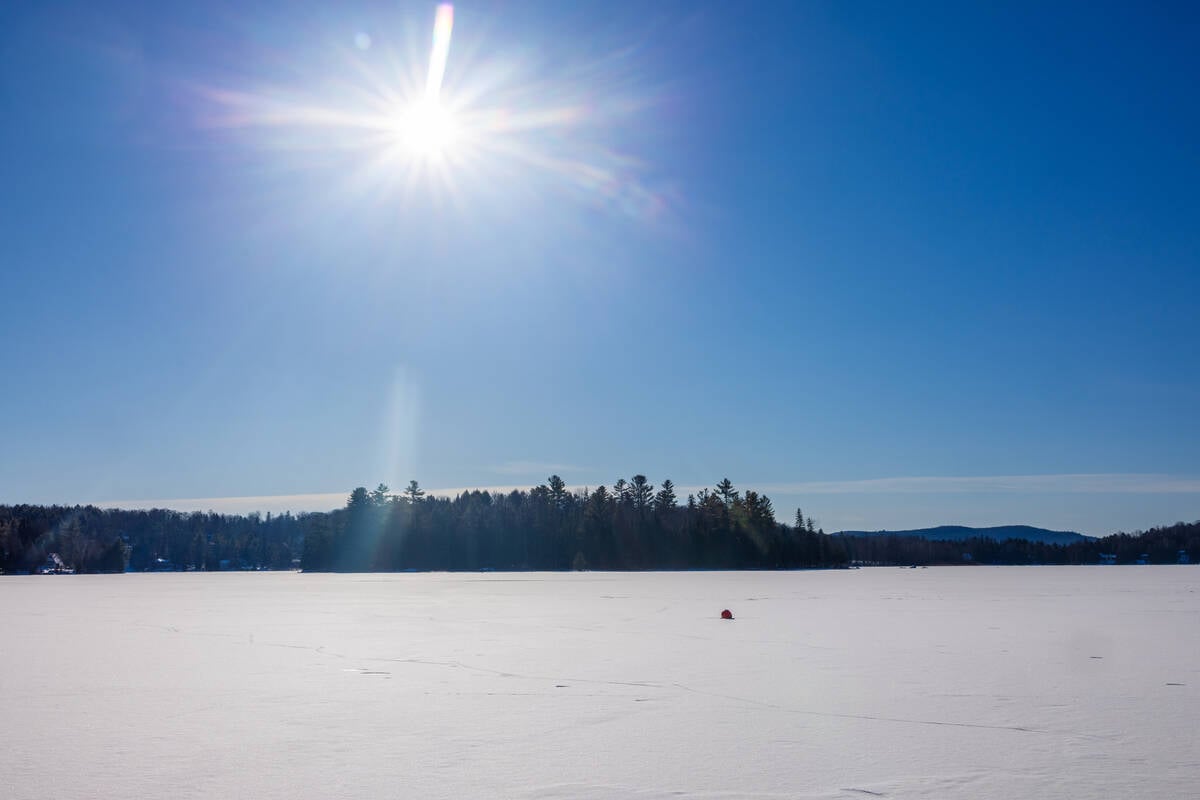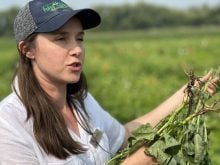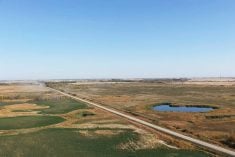Glacier FarmMedia — A global study is examining the surprising ways short-term droughts can affect grasslands.
“It’s not surprising that less water is going to lead to less plant growth. We’re all very familiar with that,” said Cameron Carlyle, associate professor of rangeland ecology in the Faculty of Agricultural, Life and Environmental Sciences at the University of Alberta, and researcher with the project.
The study involved an experimentally-imposed year-long drought on grasslands and shrublands in Africa, Asia, Australia and Europe, as well as North and South America.
Read Also

Health hazards are often overlooked risks on the farm
While quite different from the dangers posed by farm machinery, hazards such as loud noise or sun exposure require the same proactive attention, the Canadian Agricultural Safety Association says.
The U of A researchers found they had underestimated the impacts of short-term extreme drought on grassland systems.
“What we’re looking at in this study is the effects of extreme drought. We’ve defined an extreme drought as a one in 100-year type of event. We really haven’t had much opportunity to study that serious of a drought event before,” said Carlyle.
Climate change forecasts predict extreme droughts will become more common.
“What we found is that extreme drought had a much larger effect than a typical drought on plant growth,” said Carlyle.
“Here in Alberta, ranchers and farmers are dependent on grassland plant growth as a source of forage, which is what we’re really looking at. There’s going to be an implication for them. A typical drought on average reduces plant production by about 20 per cent.”
In the case of extreme drought, researchers found there was almost a 40 per cent reduction in plant growth.
Alberta farmers and ranchers may have a keener interest in the effect because different parts of the province have been in drought for a couple of years.
“The presence of drought is varied across the province, but I think it would be fair to say that there are large areas that have experienced much lower than average rainfall conditions for the last three years. It looks like we are going to be heading into a fourth year,” Carlyle said.
The study involved 100 sites around the world, on every continent except for Antarctica.
“One thing that came out is that not all grasslands respond to drought in the same way,” said Carlyle.
Some sites were more resistant to drought and some were more sensitive to it.
“The sites that we had in Alberta — they fared a little bit better. They seemed to be a little more resistant to drought. The reductions we saw overall at our sites in Alberta was about a 10 per cent reduction in forage,” he said.
Water on hold
This study marked the first time international researchers used standardized equipment to study a big-picture projection of drought. Using the same method allowed researchers to compare and have more certainty in the results.
Basic studies have been done before. In this study, researchers covered some plants with a shelter to create a drought, and then compared the results to the uncovered plants nearby.
Carlyle said droughts in general have been predicted by climate change models.
“Our climate models predict for us that we’re going to on average receive more rainfall, but at the same time, we are going to have more drought conditions,” he said.
“The reason for that is because the air temperature is warming and warmer air can hold more water. Water goes into the air, it stays there for longer periods of time before it falls as rain. Because the air is holding more water, rain won’t come as often. That’s what is going to create those extended drought periods.”
Grasslands are a vital part of the ecosystem.
“We depend on grasslands for several things. Farmers and ranchers depend on them for forage for livestock. The rest of society needs them as well. They provide a variety of ecosystems goods and services, sequestering carbon in the soil to help reduce the effects of climate change.
“They help to clean and regulate our water. They are habitat for wildlife. In Canada, grasslands are among our most endangered ecosystems. They’re habitat to many of our endangered species. Having healthy grasslands is important for all those reasons,” said Carlyle.
Researchers are curious to see if multiple years of droughts have a cumulative effect on plants, or if plants can recover regardless of the time period.
“Another question we’re looking at addressing is what makes some sites more resilient to drought and what makes other ones more susceptible to drought. If the grasslands are being grazed and managed with livestock, we might find other ways to manage the livestock that makes the ecosystem more resistant to drought.
“Keeping carbon stored in the soil is important from helping to prevent climate change, but increasing carbon storage in soils could also help producers adapt to droughts they might have in the future. Soils that have more carbon in the organic matter in the soil have the potential to hold onto more water than those that have less,” he said.
“People are seeing the effects of drought, and the effects of climate change are becoming more of a reality. Some of our other work is looking at grazing management that can lead to more drought-resistant systems.”
















